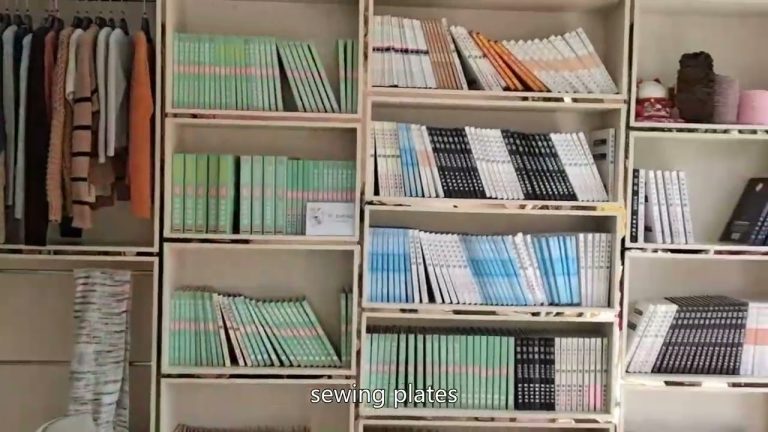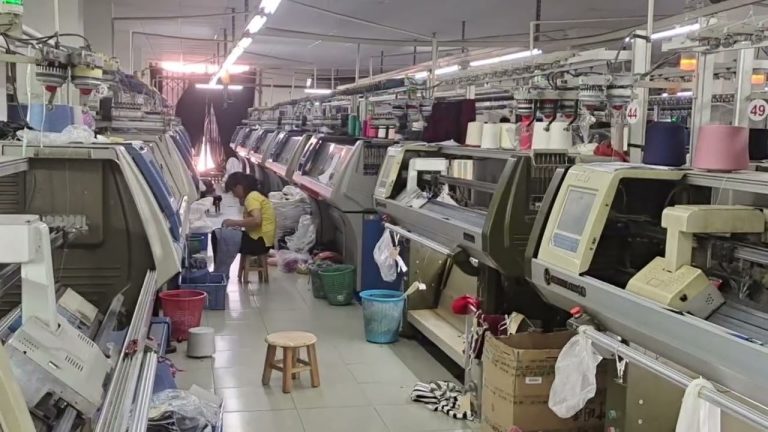Exploring the Benefits of Investing in a Factory Pull System
Investing in a factory pull system can be a great way to improve the efficiency of your production process. This type of system is designed to reduce the amount of inventory that needs to be stored and managed, while also improving the speed and accuracy of production. By implementing a pull system, you can reduce the amount of time and resources spent on managing inventory, freeing up resources to focus on other areas of your business. The main benefit of a factory pull system is that it allows you to reduce the amount of inventory that needs to be stored and managed. By using a pull system, you can reduce the amount of inventory that needs to be stored and managed, as well as the amount of time and resources spent on managing it. This can help to reduce the amount of time and resources spent on managing inventory, freeing up resources to focus on other areas of your business. Another benefit of a factory pull system is that it can help to improve the accuracy and speed of production. By using a pull system, you can ensure that the right parts are delivered to the right place at the right time. This can help to reduce the amount of time and resources spent on production, as well as the amount of time and resources spent on managing inventory. Finally, a factory pull system can help to improve the safety of your production process. By using a pull system, you can ensure that the right parts are delivered to the right place at the right time, reducing the risk of accidents and injuries. This can help to reduce the amount of time and resources spent on managing inventory, as well as the amount of time and resources spent on managing safety.
Overall, investing in a factory pull system can be a great way to improve the efficiency of your production process. By using a pull system, you can reduce the amount of inventory that needs to be stored and managed, as well as the amount of time and resources spent on managing it. Additionally, you can improve the accuracy and speed of production, as well as the safety of your production process. All of these benefits can help to improve the overall efficiency of your production process, freeing up resources to focus on other areas of your business.
Finally, a factory pull system can help to improve the safety of your production process. By using a pull system, you can ensure that the right parts are delivered to the right place at the right time, reducing the risk of accidents and injuries. This can help to reduce the amount of time and resources spent on managing inventory, as well as the amount of time and resources spent on managing safety.
Overall, investing in a factory pull system can be a great way to improve the efficiency of your production process. By using a pull system, you can reduce the amount of inventory that needs to be stored and managed, as well as the amount of time and resources spent on managing it. Additionally, you can improve the accuracy and speed of production, as well as the safety of your production process. All of these benefits can help to improve the overall efficiency of your production process, freeing up resources to focus on other areas of your business.How to Implement a Factory Pull System for Maximum Efficiency
A factory pull system is an effective way to maximize efficiency in a manufacturing environment. By implementing a pull system, production can be better managed and resources can be allocated more efficiently. Here are some steps to help you implement a factory pull system for maximum efficiency: 1. Establish a pull system. The first step is to establish a pull system that will be used to manage production. This system should include a set of rules and guidelines that will be used to determine when and how production should be pulled. 2. Set up a production schedule. Once the pull system has been established, it is important to set up a production schedule that will be used to determine when production should be pulled. This schedule should be based on the demand for the product and the resources available. 3. Monitor production. Once the production schedule has been established, it is important to monitor production to ensure that it is being pulled according to the schedule. This can be done by tracking the number of units produced and the time it takes to produce them.
4. Adjust the production schedule. As demand for the product changes, it is important to adjust the production schedule accordingly. This will ensure that production is pulled at the right time and in the right quantities.
5. Track performance. Finally, it is important to track the performance of the pull system to ensure that it is working as intended. This can be done by tracking the number of units produced, the time it takes to produce them, and the quality of the product.





